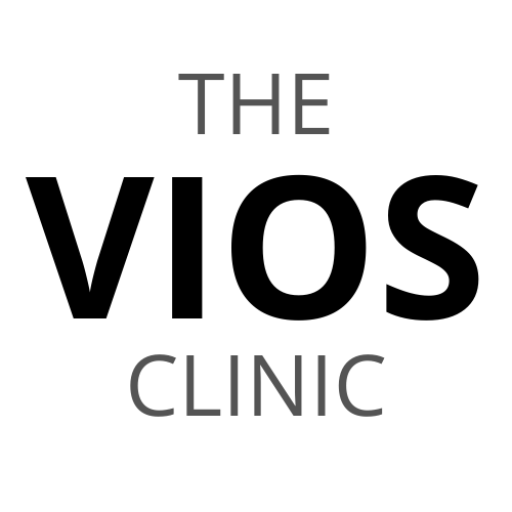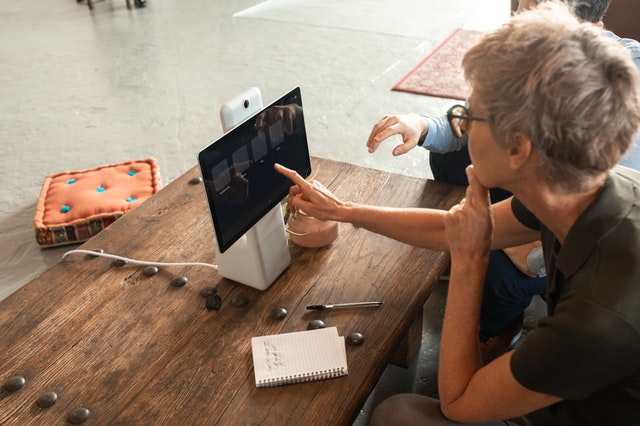In the ever-evolving landscape of healthcare, telemedicine has emerged as a game-changer. With its promise of accessibility and affordability, it is no wonder that an increasing number of Americans are turning to this innovative approach for their medical needs.
The COVID-19 pandemic has been recognized as the catalyst for the surge in popularity of telemedicine. Those who began utilizing telemedicine during this crisis reported a higher level of convenience compared to those who had previously used it, thereby emphasizing the changing perception of telemedicine as a practical and user-friendly choice for medical care, as stated by the authors.
It is projected that by 2024, a staggering 62% of Americans will utilize telemedicine services. This surge in popularity can be attributed to several factors including the convenience of virtual consultations, cost savings associated with reduced travel and wait times, and the growing acceptance of remote healthcare among both patients and healthcare providers.
As we delve into the potential impact and benefits of telehealth on the American healthcare system in the coming years, it becomes clear that this transformative technology has the power to revolutionize how we receive and deliver medical care.
According to a survey conducted by Assurance, an insurance company, out of 1,007 Americans polled, 27 individuals initially held a negative perception of telemedicine. However, after experiencing it firsthand, 90 respondents expressed their willingness to recommend it to those who have not yet tried it.
The survey also revealed slight variations in how different age groups perceived telemedicine before experiencing it. Baby boomers expressed some skepticism about its effectiveness, with 31% sharing doubts, while Gen Zers and members of the millennial and Gen X age groups had slightly lower percentages at 27% and 25%, respectively.
Contrarily, the survey findings indicate that individuals from the Gen Z and baby boomer generations exhibit a slightly lower inclination to endorse telemedicine to those who have not experienced it. More precisely, 14% of respondents from these age groups expressed reservations about recommending it, in contrast to only 6% of millennials and Gen Xers.
An interesting finding in relation to healthcare is that 62% of respondents indicated that the availability of telemedicine increases their likelihood of seeking care they would otherwise delay. Additionally, 44% expressed the belief that telemedicine appointments are less effective compared to in-person visits with healthcare providers.
In conclusion, while there has been a decline in the number of active users since the end of the 2020 lockdowns, telemedicine is expected to see a significant resurgence in the coming years. The convenience and accessibility it offers, coupled with advancements in technology and increasing acceptance by healthcare providers, make telemedicine an attractive option for many Americans.
As people become more comfortable with remote healthcare, it is likely that they will resort to or return to using telemedicine as a primary means of receiving medical care. To leverage this trend effectively, healthcare organizations should invest in improving telemedicine infrastructure and promoting its benefits to both patients and providers.
Embracing telemedicine can enhance patient care, increase access to healthcare services, and ultimately improve health outcomes.
BLOG AUTHOR
Dr. Ismail Sayeed
Dr. Sayeed is the Medical Director of ViOS, Inc. He is a deeply committed physician entrepreneur & medical blog writer. While building the global infrastructure of the VIOS Clinic, he is dedicated to educate people on the potential of specialist telemedicine for managing chronic diseases.
Read more about him in his author bio

